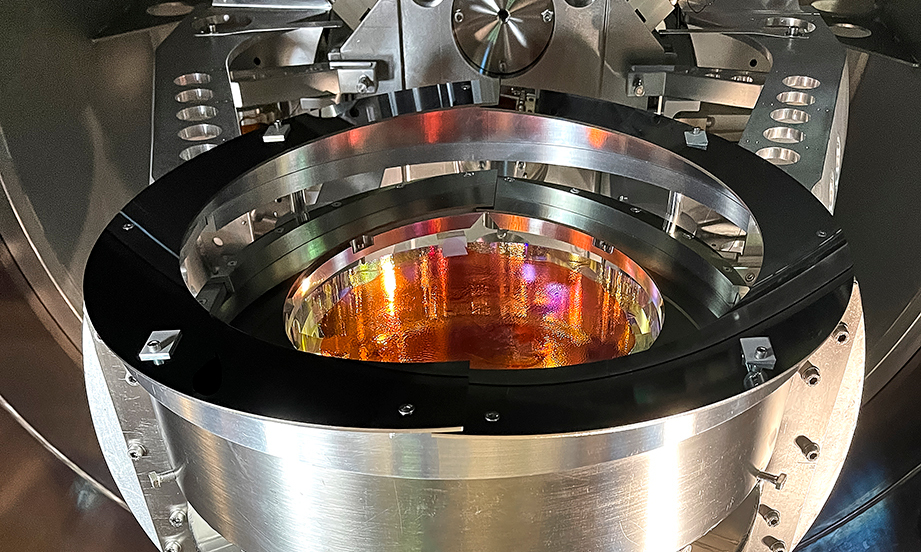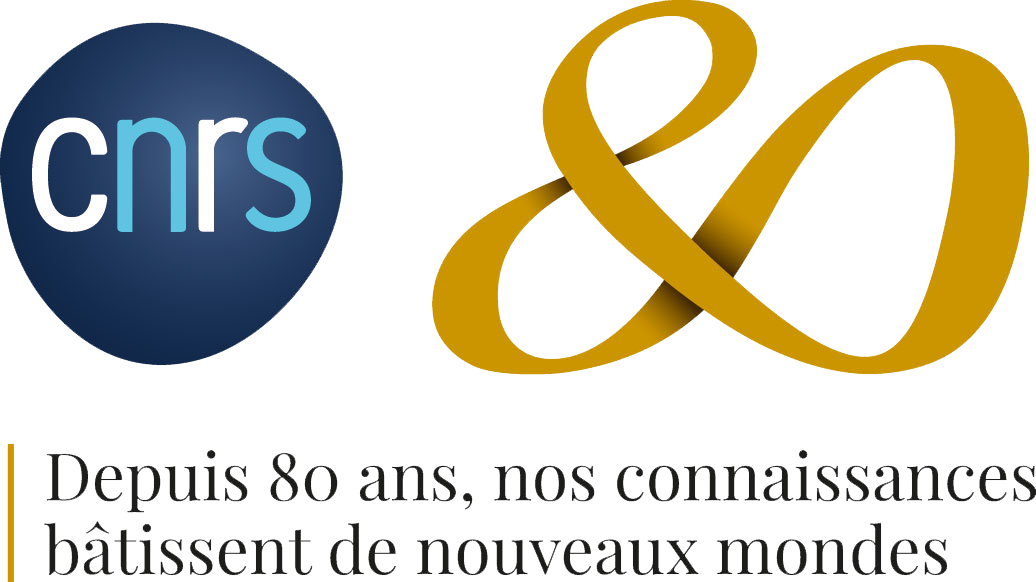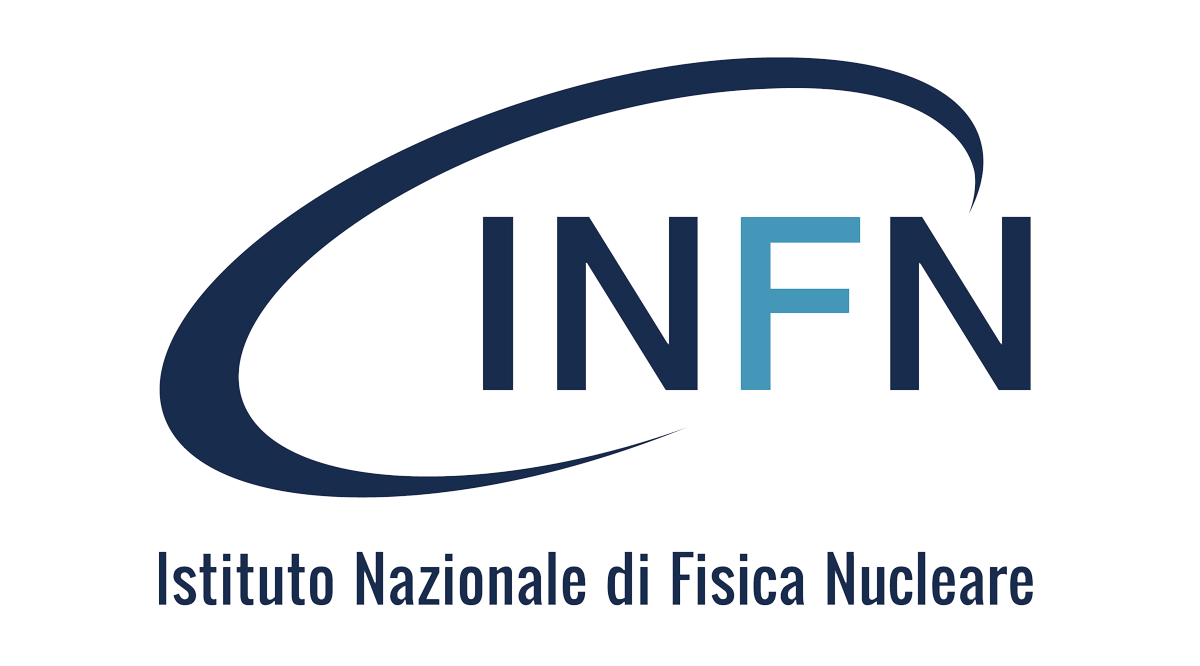The Virgo Collaboration has decided to postpone the entry of Virgo in the next observing run (O4), scheduled for May 24th, in order to continue the detector commissioning activities and further increase its sensitivity.
Since the end of the O3 observing run in 2020, the Virgo interferometer has undergone a major upgrade to improve its sensitivity for the new joint observing run with the LIGO and KAGRA interferometers. This upgrade has nevertheless required several months for the team to make the detector stable again.
To date Virgo would be able to observe events similar to some already detected in previous observing runs. To go further, a long and intense hunt for the multiple sources of noise that could limit the sensitivity of the interferometer is now necessary. Additionally, subtle technical problems seem to slow down the process. These most likely involve some key optical elements and the complex instrumentation that surrounds and controls the interferometer mirrors. It is therefore necessary to carry out an extraordinary maintenance operation, requiring the opening of the large ultra-high vacuum bells and the replacement of one of the mirrors, suspended from the so-called super-attenuators. They are towers of inverted pendulums over 10 meters tall, which dampen external disturbances, keeping the mirrors perfectly still. This is a complex and delicate operation that needs several weeks of work.
“Currently, the sensitivity of the interferometer is continuously increasing, but it is progressing slowly.” explains Virgo spokesperson Gianluca Gemme. “Until we break the vacuum and open the towers to check the interferometer components directly, we cannot be one hundred percent sure what the problem is. We are convinced that achieving the best sensitivity of the experiment in order to make the most of its discovery potential is a priority over going straight into data taking. We therefore decided to take action now to resolve the technical issue that is slowing down the interferometer’s sensitivity growth. These are operations that, apart from the work we will have to do, involve time to remove and then restore the ultra-high vacuum conditions. Only after this intervention will we be able to be more precise about the timetable that will lead Virgo to join the data taking of O4, which will last 18 months’.
Once the maintenance work has been completed, the testing phase of the entire experimental apparatus will have to follow, which will push all of Virgo’s technologies, from lasers to optical systems to seismic attenuation equipment, beyond the limits achieved so far.
“To give an idea of the complexity of the technological challenge posed by powerful and sophisticated instruments such as Virgo,” explains Fiodor Sorrentino, Virgo Commissioning Coordinator “just think that one of the ‘noises’ we “hear” and have to fix is probably due to a magnet of a few tenths of a gram used to control the position of the mirrors, which shows infinitesimal oscillations in the order of a millionth of a millionth of a meter. The recoil produced on the 40 kg mirrors is a hundred thousand times smaller, but nevertheless sufficient to limit the sensitivity of Virgo, which is able to measure variations in the length of its arms much smaller than the size of a proton”.
In the coming months, the scientists of the Virgo Collaboration will be engaged both in technical activities on the experiment and in the scientific work of processing and analyzing the new data coming from the two LIGO detectors.
The detector KAGRA, in Japan, has reached the planned minimum sensitivity of 1 Mpc for the beginning of O4. After one month of observing, KAGRA will return to commissioning to improve its sensitivity toward the end of O4.
Sensitivity
The standard parameter used to describe the sensitivity achieved by gravitational interferometers (called the BNS range) is the distance at which the instruments can detect the collision of two neutron stars (of course, more violent or more massive events, such as black hole collisions, are also detectable from much deeper parts of the universe).
At present, Virgo could detect a ‘standard’ neutron star merger to a distance of 30 Megaparsecs (Mpc), or about 100 million light years, from Earth. The goal of the scientific collaboration, however, is to reach a sensitivity of more than 60 Mpc in the coming months.
Virgo Upgrade and Commissioning
Following the conclusion of the third run of observations in 2020, all the LVK Collaboration’s detectors have carried out a series of important technological additions and upgrades to increase the sensitivity of the instruments and, consequently, the portion of the universe they are able to explore. Virgo, in particular, has made significant upgrades by installing a more powerful laser and a quantum noise reduction system, but above all a new mirror to make Virgo more sensitive to high frequencies of gravitational waves. The technology upgrade phase is followed by a delicate phase, called commissioning, in which all the machine’s many components are ‘put into communication’, with a complex system of controls and feedbacks, to reach the interferometer’s optimum operating point.
Learn more about Virgo’s upgrades in this interactive infographic: https://www.virgo-gw.eu/Laser/upgrade_1_F.html
About Virgo
Virgo is a laser interferometer with two 3-kilometer arms, built to detect gravitational waves, imperceptible oscillations of space-time generated by violent cosmic events, such as the merging of black holes and neutron stars. To detect gravitational waves, Virgo measures the relative distance between two mirrors suspended at the ends of its arms, with an accuracy of less than one thousandth of the diameter of a proton (one millionth of a billionth of a meter). The interferometer works by detecting the interference of two laser beams, which propagate along the two perpendicular 3-kilometer arms in ultra-high vacuum tubes. Virgo is currently one of the three largest and most sensitive gravitational wave detectors in the world, together with the two US LIGO interferometers, with which it has operated jointly since 2017.
The experiment’s international scientific collaboration involves 842 researchers from 115 institutions in 15 countries. Virgo is installed at the European Gravitational Observatory (EGO), the research infrastructure funded by the Italian Istituto Nazionale di Fisica Nucleare (INFN), the French Centre National de la Recherche Scientifique (CNRS) and from 2020 also by the National Institute for Subatomic Physics (Nikhef) in the Netherlands.
Photo credits: Enrico Sacchetti
Contacts
Via E. Amaldi,5
56021 Cascina (PI) – Italy
Tel +39 050 752511
Contact us
How to reach us




